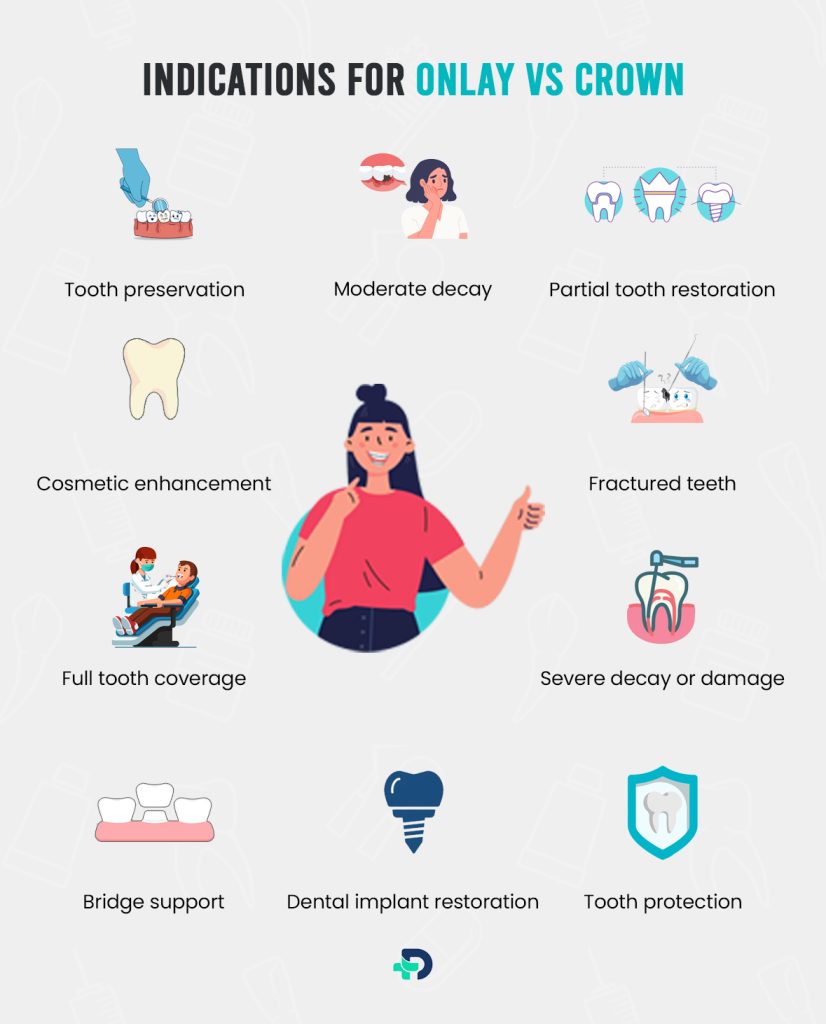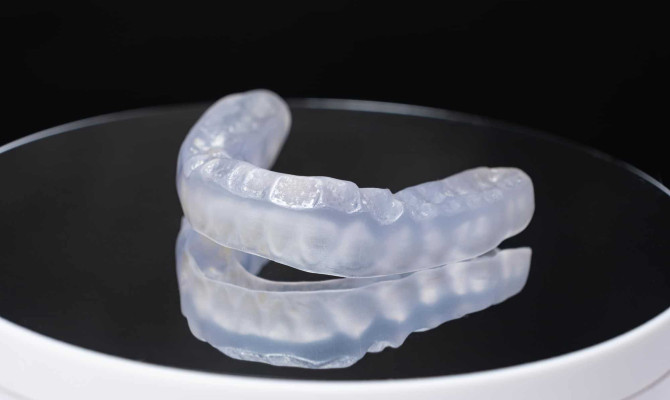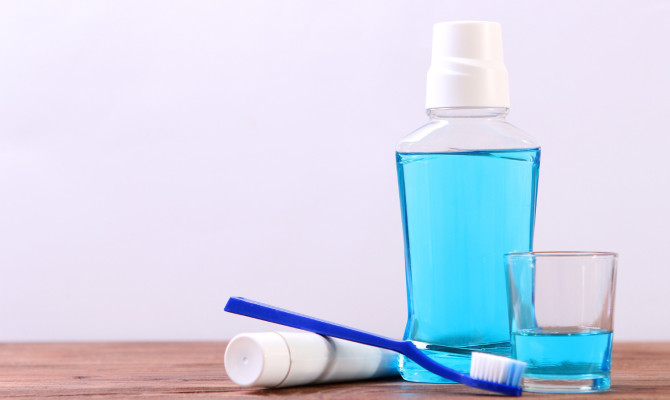Onlay vs Crown: Indications, Advantages & Disadvantages

- Crown
- 11 Oct 2023
Introduction
Onlay & Crown
A beautiful smile and general well-being depend on maintaining excellent dental health. However, the journey to preserving and restoring teeth often involves the consideration of various dental treatments, each tailored to address specific dental issues. Two standard options for tooth restoration are dental onlays and Crowns, both playing pivotal roles in dental care.

In this article, we set out on a tour of dental restorations, examining the differences between the two possibilities. Although these two procedures serve similar purposes, they are distinct in them applications, materials, and treatment processes. Individuals can be empowered to make knowledgeable decisions about their oral health by being aware of the variations and assessing the benefits and drawbacks of each.
Whether you are seeking a solution for a damaged tooth, aiming to enhance your smile or simply curious about the intricacies of dental procedures, this comprehensive comparison will guide you through the complexities of dental onlays and Crowns.
Dental Onlays: What are they?
- Dental Onlay is often referred to as partial crowns, a type of dental restoration used to repair and strengthen teeth that have been moderately damaged by decay, fractures, or other structural issues.
- Unlike full dental crowns that cover the entire tooth unless they are designed for areas of damage while preserving a significant portion of the natural tooth structure.
- Usually, a dental laboratory creates the restoration. It is made to exactly fit over the decaying or damaged area of a tooth. This restoration is a durable and aesthetically pleasing solution to restore the tooth’s form and function. 1 Introduction | Researched based study from The Journal of the American Dental Association
Dental Crowns
- They are also commonly known as dental caps, restorative dental prosthetics crucial in preserving and protecting damaged or weakened teeth.
- These Crowns are custom-made covers designed to engage the entire visible portion of a tooth from the gum line to the top.
- They provide structural support, enhance tooth aesthetics, and improve oral health.
- It is a tooth-shaped cap crafted from various materials, including porcelain, ceramic, metal alloys, or a combination of materials.
- These are meticulously designed to match the shape. The natural tooth’s size and color are intended to replenish or improve. 2 Introduction | Researched based study from The Journal of the American Dental Association
Indications

Onlay vs Crown: Indications
For Dental Onlays
- Moderate decay
- Partial tooth restoration
- Tooth preservation
- Fractured teeth
- Cosmetic enhancement
Dental Onlay and crowns serve different purposes and are indicated for distinct dental situations. year is a summary of when each might be recommended:
Moderate decay
- Onlay is occasionally prepared if a full dental crown is necessary, when a tooth has mild decay or damage that is too extensive for a simple dental filling but not severe enough to necessitate one.
Partial tooth restoration
- Onlay is designed to restore specific areas of a tooth, typically the chewing surface or a single cough while preserving the majority of the healthy tooth structure.
Tooth preservation
- They are an excellent choice when the goal is to conserve as much natural tooth structure as possible, as onlays require less than two reduction compared to Crowns.
Fractured teeth
- They can be used to repair teeth with minor fractures or cracks strengthening the tooth and preventing further damage.
Cosmetic enhancement
- In cases where there are cosmetic imperfections on a tooth chewing surface such as discoloration or minor irregularities onlays can provide an aesthetic improvement. 9 Indications | Researched based study from ScienceDirect
For a Dental Crown
- Severe decay or damage
- Full tooth coverage
- Tooth protection
- Post root canal
- Cosmetic and aesthetic needs
- Bridge support
- Dental implant restoration
Severe decay or damage
- When a tooth has extensive decay, significant structural damage or has undergone a root canal treatment, making it two weeks to support a feeling or only.
Full tooth coverage
- Crowns cover the entire visible portion of a tooth, making them suitable for teeth with large cavities, fractures that extend into the root, or extensive damage.
Tooth defense
- They significantly lower the risk of additional decay or fractures by providing strong protection for teeth that are fragile.
After a root canal
- Crowns are frequently positioned after a root canal operation to strengthen the tooth and shield it from further harm.
Needs for aesthetics
- Crowns are used to improve the appearance of severely discolored, misshapen, or poorly aligned teeth, ensuring the natural and pleasing smile.
Bridge support
- Crowns serve as abutments (supporting teeth) for dental bridges anchoring the bridge in place by fitting over the teeth adjacent to the missing tooth or gap.
Dental implant restoration
- A crown is affixed to the implant post when a lost tooth is replaced with a dental implant in order to mimic the appearance and functionality of a natural tooth.8 Indications | Researched based study from ScienceDirect , 2 Indications| Researched based study from The Journal of the American Dental Association
Pros & Cons
Onlay vs Crown: Pros & Cons
Onlays Advantages
- Conservative: Onlays are more conservative than crowns because they keep more of the original tooth structure intact.
- Aesthetics: They can be painted to blend in with your natural teeth’s shade, which lessens their visibility.
- Strength: Onlays provide good stability and support to a damaged tooth.
- Less tooth removal: Minimal tooth reduction is required compared to Crowns.1 Pros & Cons | Researched based study from The Journal of the American Dental Association
What are the disadvantages of Onlay?
- Ineffective for serious injury: They may not be the best option for highly weakened teeth because they are normally utilized for somewhat damaged teeth.
- Cost: Depending on the material chosen, they may still be rather pricey.
- Multiple appointments: The procedure can call for several visits. 6 Pros & Cons | Researched based study from National Institutes of Health
Dental crowns advantages
- Restorative: Crowns are effective for heavily damaged or weekend teeth providing full coverage and protection.
- Durability: They are durable and can last a long time with proper care.
- Versatility: They can be used for both functional and cosmetic purposes.
- Single visit options: Some modern technologies allow for the same day crowns, reducing the number of appointments. 1 Pros & Cons| Researched based study from The Journal of the American Dental Association
What are the disadvantages of crowns?
- Tooth reduction: The tooth may become weaker if more dental structure is removed in order to make room for the crown.
- Cost: Compared to onlays, they are typically more expensive. Although porcelain crowns are more realistic-looking, they can often be less cosmetically attractive.
- Potential sensitivity: After receiving a crown, some individuals may feel brief tooth sensitivity. 7 Pros & Cons | Researched based study from National Institutes of Health
Your dentist’s suggestion and the precise state of your tooth will determine whether you should choose an onlay or a crown. They will consider factors such as the extent of damage, oral health, and aesthetic preferences when helping you make the best decision for your situation.
Longevity
Onlay vs Crown: Longevity
The material utilized, oral hygiene habits, and daily routines are just a few of the variables that can affect longevity.
Dental Onlays
- They can last anywhere from 5 to 30 years or more.
- Factors like the material influence their longevity, how well they are bonded to the tooth, and how well you maintain your hygiene.
Crowns
- They typically have a longer lifespan compared to onlays.
- On average, they can last between 10 to 30 years or even longer with proper care.
- The durability is influenced by factors such as how well they are fitted and how will you maintain your oral health.
- It’s important to note that no dental restoration, whether an onlay or a crown is guaranteed to last indefinitely. 3 Longevity | Researched based study from National Institutes of Health ,4 Longevity | Researched based study from National Institutes of Health , 5 Longevity | Researched based study from National Institutes of Health
Procedure
Onlays vs Crown: Procedure
Onlay placement process:
Diagnosis and treatment planning
- Your dentist will first assess the extent of two damage or decay and determine if an onlay is the adequate medical care. To assess the state of the teeth, X-rays may be taken.
Tooth preparation
- To numb the tooth and surrounding area, local anesthesia is used. The damaged or decayed parts of the tooth will be removed by the dentist, leaving a clean and solid base for the remaining healthy parts.
Impression
- To make an accurate mold, an impression of the cleaned tooth is taken. This mold is delivered to a dental lab, where a custom-made restoration is made to precisely fit your tooth.
Temporary onlay
- While waiting for the final one to be made, a temporary onlay is placed to protect the tooth.
Final placement
- Once the custom onlay is ready, typically within a few weeks, you return to the dentist’s office for the final post. The permanent onlay is glued firmly to the tooth once the temporary one is removed.
Adjustment
- The dentist checks to make sure the only fits properly and makes any required modifications to guarantee a pleasant bite. 9 Procedure | Researched based study from ScienceDirect
Crown placement process:
Initial assessment
- Your teeth will be evaluated by taking X-rays and determining if a crown is necessary. if it is, then the tooth is prepared.
Tooth preparation
- The tooth’s damaged or decaying areas are removed while under local anesthesia. After that, the tooth is modified to make room for the crown.
Impression
- To create the personalized crown, an impression of the prepared tooth is made and sent to a dental laboratory.
The final placement of the crown
- The prepared tooth is covered with the permanent crown after it is complete. The fit is carefully checked, and any necessary adjustments are made. 8 Procedure | Researched based study from ScienceDirect
Recovery
Onlay vs Crown: Recovery & Aftercare
Oral hygiene
- Maintain a good oral health by frequently brushing and flossing to stop future decay or gum issues.
Dietary concerns
- Pay attention to your diet and stay away from very dense or gummy meals that could harm the healing.
Regular examinations
- Attend regular dental checkups to ensure the onlay or crown remains in good condition and to address any issues promptly.
Sensitivity
- Some sensitivity to hot or cold temperature is average for a short time after the procedure, but this should gradually improve.
Report issues
- If you experience persistent pain, discomfort, or notice any changes in the restoration, contact your dentist promptly. 8 Recovery | Researched based study from ScienceDirect , 9 Recovery | Researched based study from ScienceDirect
Any feedback on this article?
 This Articles content was accurate
This Articles content was accurate Very Informative Article
Very Informative Article I have a question or a comment
I have a question or a comment
 This article contains inaccurate content
This article contains inaccurate content This article was not helpful
This article was not helpful I have a question or a comment
I have a question or a comment
We appreciate your helpful feedback!
Checkout our social pages
References
-
The Journal of the American Dental Association
Introduction | Pros and Cons
-
The Journal of the American Dental Association
Introduction | Indications | Pros and Cons
-
National Institutes of Health
Longevity
-
National Institutes of Health
Longevity
-
National Institutes of Health
Longevity
-
National Institutes of Health
Pros and Cons
-
National Institutes of Health
Pros and Cons
-
ScienceDirect
Indications | Procedure
-
ScienceDirect
Indications | Procedure | Recovery




































